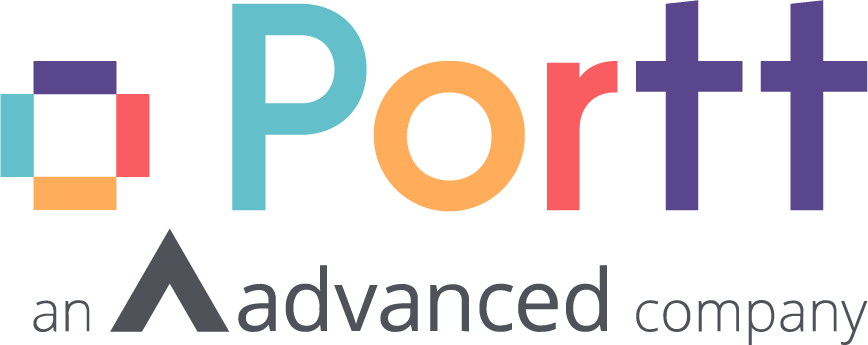Given the ever shifting demands and priorities on resources in large or complex organisations, it’s understandable why the large majority don’t move to a unified, comprehensive Contract Management System (CMS) as soon as they can. With systems that lack alignment or in some cases still remain paper-based, is it really worth the risk of waiting? Hardly – yet for many organisations, getting started can be difficult. Diagnosing where the inefficiencies are in your current process can be a trying task.
Which is why we like to begin by asking a simple question, as relates to the maturity of your contract management capabilities:
Are you a beginner, an intermediate or an advanced business?
Answering this question can give you a great start in determining what gaps exist in your contract management process, and what you can do to fix them.
Where is your business now?
To determine whether your business is a beginner, an intermediate or an advanced organisation, we like to start with a set of nine criteria:
- Transparency: Where is the “source-of-truth”? Do you know the total value of active contracts? Is data available or locked in silos?
- Compliance: Can you confidently say you are compliant at all levels of your organisation?
- Automation: How many stages of the contract life-cycle process are automated?
- Data Analysis: Does your organisation have a robust set of skills to analyse both ongoing and past data to inform future decision-making?
- Data Quality: Does your data team have access to updated and relevant information?
- Supplier Relationship Management: Do you have the relevant information, automation and insight to manage and drive value from your suppliers?
- Control: Our customer engagements suggest that many businesses have employees managing contracts, that aren’t necessarily equipped with the skill-set to do so effectively.
- Milestone Management: Are you able to see and track work towards each milestone?
- Risk/Issue Management: Can you clearly and quickly identify any gaps?
Starting with these nine questions is a good first step to understanding where your organisation sits. The answers can be a great factor in figuring out where your inefficiencies – or strengths – may lie, and what actions you need to take.
But that’s just the first step. With those answers, now’s the time to figure out if you fit into any of these categories:
Is your business capability at “beginner” level?
We tend to think of organisations as “beginners” if they have any of the following characteristics:
- Contracts that are only stored on paper
- Spreadsheets or databases that are used to keep track of active contracts
- Different areas of the organisation might have different approaches to contract management
The last point is more common than you might think. Especially as organisations grow, having total control over every single process becomes difficult.
Let’s go back to those nine criteria. Where does a beginner organisation sit on each one?
- Transparency: Contracts are often lost, managers don’t have visibility and decisions are delayed
- Compliance: Key compliance questions are usually forwarded to specific individuals
- Automation: Process requires a lot of thought and manual intervention, possibly different departments work independently of each other
- Data Quality: What little data is available is usually out of date, or incomplete
- Data Analysis: With low-quality data available, analysts rarely make accurate or comprehensive forecast models
- Supplier Relationship Management: Problems are treated on an adhoc basis, with preference given to some over others
- Control: Decision-making is concentrated and outdated processes take precedent
- Milestone Management: Milestones are missed or aren’t recorded
- Risk/issue Management: Problems happen unexpectedly and without a point person, responsibility is subjective
If any of this describes your business or organisation, you may be at the very start of your journey – and it would be worth investigating how a CMS would improve your current processes.
Is your business at “intermediate” capability level?
We tend to categorise businesses as “intermediates” if they have any of the following criteria:
- Assigned people and defined processes however no system is used
- Perhaps a CMS is in place, but are not optimised to meet specific needs
- The system isn’t being used across the business
It might be that the system just doesn’t align with the business, or managers aren’t following protocol. This leads to all sorts of problems – even if the business is seeing some benefits – which the nine criteria outline fairly clearly:
- Transparency: Some contracts are easy to track, but employees are still confused about where to find information
- Compliance: Individuals hold more responsibility for ensuring compliance than automated processes
- Automation: Automation through the life-cycle is lacking still, perhaps some triggers are built for renewal processes
- Data Quality: Some data is accurate and up to date, but other databases are left with old, outdated information
- Data Analysis: The data team is able to forecast some models accurately, but not others
- Supplier Relationship Management: Employees are able to identify suppliers for contacting, basic SRM framework is implemented, however, automation and collaboration still restricts maximum value
- Control: Employees have more ownership, but some manual processes still exist
- Milestone Management: Milestones are recorded, but not with all the right information
- Risk/Issue Management: Some problems are forecasted, but others still surprise you
Organisations in this category may fear moving to another Contract Management solution after having experience an incomplete migration process. But that’s exactly why you should consider moving: the longer you wait, the more inefficiencies will start to creep in to the organisation.
Is your organisation operating with “advanced” capabilites?
Finally, we have advanced businesses – those that have implemented Contract Management Systems. These types of businesses use fully digital processes, and are seeing benefits across every criteria:
- Transparency: Contracts, data and information are readily available to anyone at any time in a single-source of truth
- Compliance: Shared ownership across the organisation, with no one person responsible for managing compliance
- Automation: Life-cycle stages, activities and management functions are automated for surety of process
- Data Quality: Sources and databases are regularly updated and constantly audited
- Data Analysis: The organisation can make predictions based on the healthy data available and forecast issues. Performance of the complete source-to-contract life-cycle is contextually analysed
- Supplier Relationship Management: Supplier performance, compliance, milestones and critical information is cemented in a collaborative process
- Control: All stages of the Contract Management process are controlled with progress halted where steps aren’t followed to policy/procedure
- Milestone Management: Milestones are regularly and consistently hit with little deviation
- Risk/Issue Management:: Any issues are forecasted and appropriately dealt with before causing major damage
Where is your organisation now, and where could you go?
Understanding where your organisation sits is the first step in realising the benefits of a Contract Management System.
At Portt, it’s our belief that effective contract life-cycle management goes hand-in-hand with strategic procurement and supplier relationship management. Technology that identifies where your business has opportunities to improve across all three of these concepts, and importantly, matures with you and at your pace.



